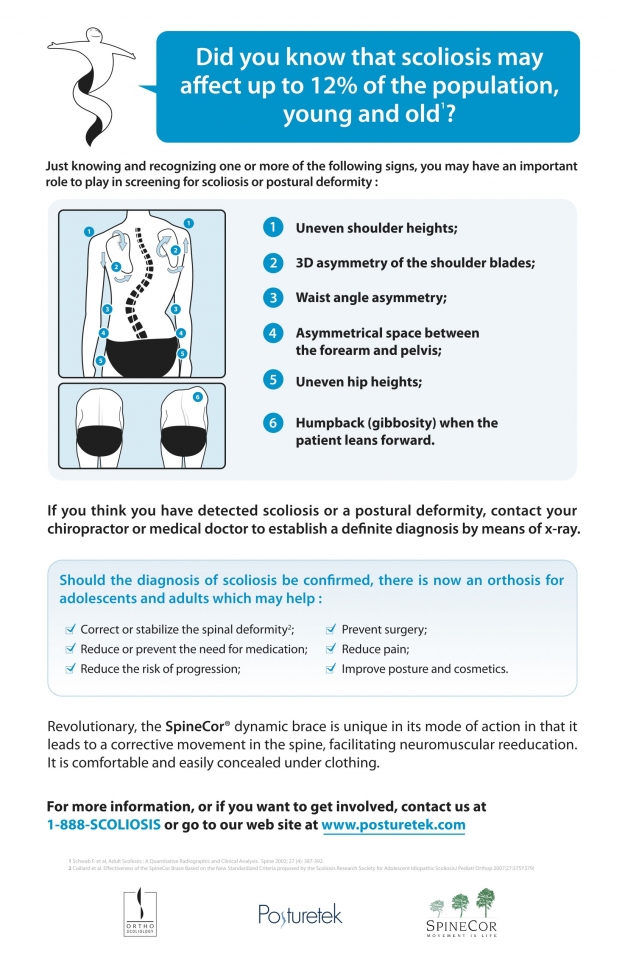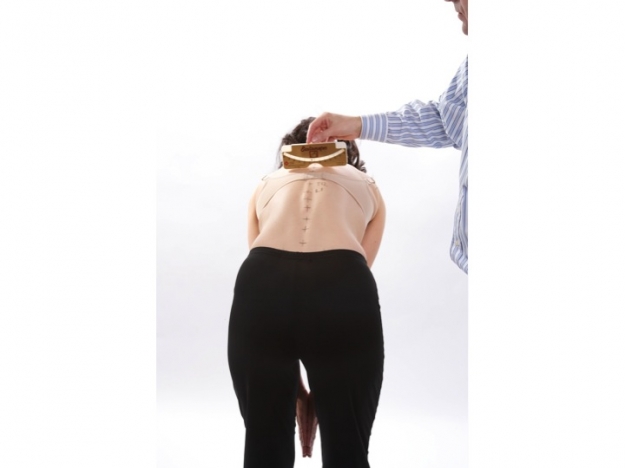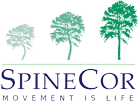Detecting scoliosis
 |
Download a PDF version of this guide
Health professionals use a tool called a scoliometer* to determine the presence and estimate the degree of scoliosis,
 |
|
A scoliometer exam |
*For information regarding the scoliometer's diagnostic accuracy and reliability, please refer to articles 5, 68 and 69 in the Publications section.
What about back pain?
Is back pain a good indication of scoliosis?
An indication? Probably not. A result? Absolutely.
Back pain cannot be considered a good indication of scoliosis for several reasons:
- Children and adolescents frequently experience growing pains, which can't be reliably associated with any particular health problem. Sometimes growing is just painful.
- It is possible to have a scoliotic posture (false scoliosis), non-structural scoliosis (usually associated with a difference in leg length), slight scoliosis (progressive or not) or even severe scoliosis without having any pain at all.
- Back pain can have numerous causes other than scoliosis.
In conclusion, back pain is not a reliable indicator for scoliosis detection. However, all back pain must be taken seriously and it is important to consult a chiropractor or doctor for a definite diagnosis.
What should I do?
If you think you have detected scoliosis or any other spinal deformity in yourself or a family member, contact your chiropractor or doctor to obtain a definite diagnosis by x-ray.
To confirm a diagnosis of scoliosis, health professionals can refer to the CLINICAL GUIDE FOR DIAGNOSIS OF SCOLIOSIS.






